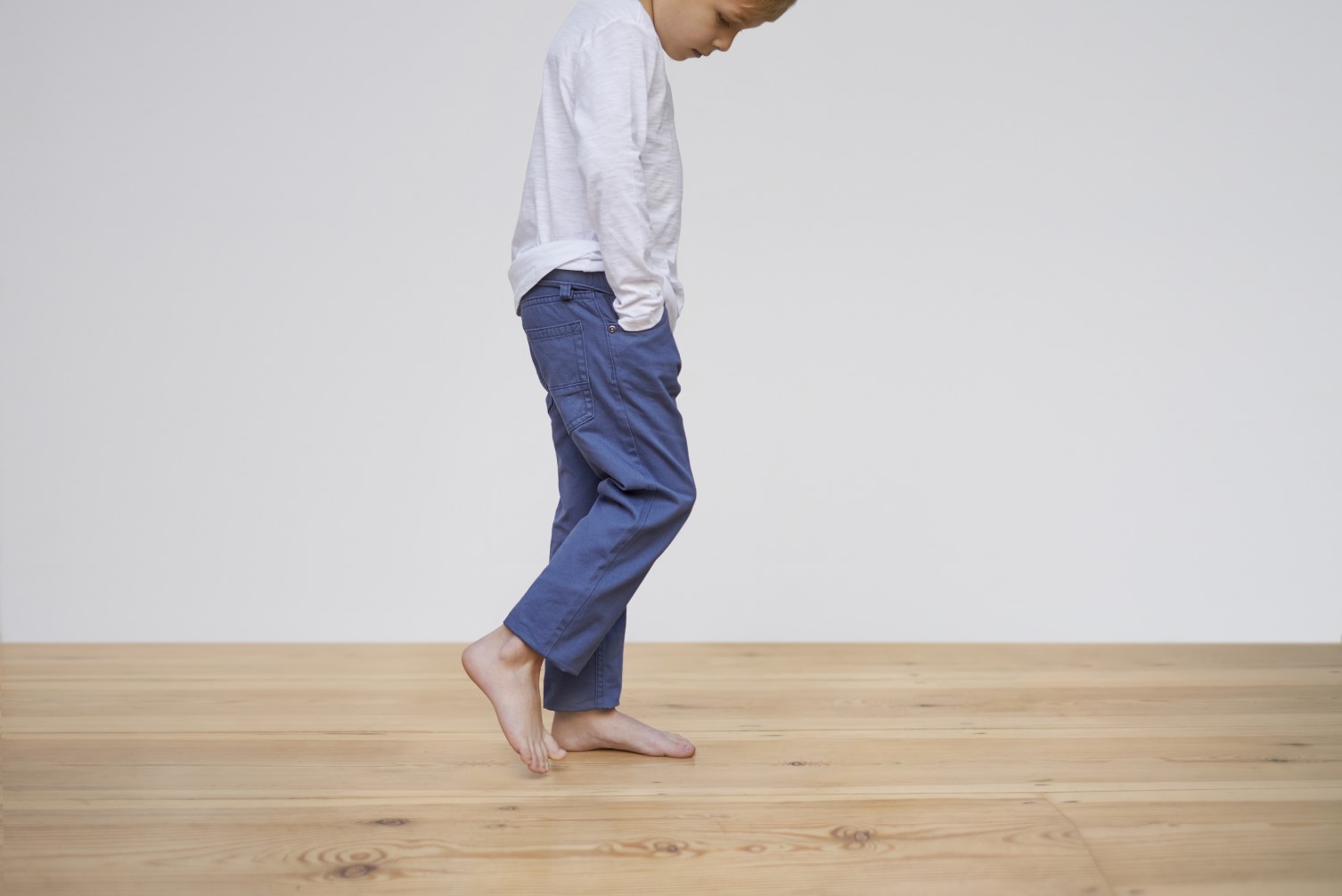
Dry skin, also known as xerosis, is a common condition that occurs when the skin lacks enough moisture. It can result in flaky, rough, or cracked skin on the feet, which may be accompanied by itchiness or discomfort.
Dry skin on the feet can have several causes, and it can occur in children for various reasons.
Dry feet can be caused by a number of things and often happens after regular or reoccurring scenarios, rather than one-off events. Some common causes of dry skin on the feet in children include:
Standing up for prolonged periods of time can contribute to dryness in the feet. When you consistently stand, especially on hard surfaces, it can put pressure on the feet, leading to reduced blood flow and moisture loss. This can result in dry and cracked skin. However, it's important to note that standing alone may not be the sole cause of dry feet. Other factors like environmental conditions, footwear, and personal hygiene practices also play a role.
While prolonged standing can lead to dryness in children’s feet, it may not be as common as in adults. Children tend to have more active lifestyles and often alternate between sitting, standing, and moving around. However, if your child spends extended periods standing, especially in ill-fitting or uncomfortable shoes, it can contribute to dry skin on their feet. Ensuring proper hydration, moisturising their feet regularly, and providing comfortable footwear can help prevent dryness in children as well. School shoes are one of the most important types of footwear to get right as your child will be wearing them for most of the day, up to five days a week, every term. It’s important to get shoes made from high quality, breathable materials, as well as those that are designed for their foot shape and their correct size and width.
It’s common for dry feet to be caused by various skin conditions and many can be easily treated. However, if you ever have any concerns about your child’s feet, we’d always recommend speaking with your GP.
A couple of common skin conditions that can result in dry feet include:
During the winter months, the air tends to be drier and lower in humidity, which can contribute to dry feet. Additionally, we often have the heating on, or use additional heaters to keep the house warm, which can further reduce moisture levels in the air. This combination of cold outdoor air and dry indoor air can lead to dry skin, including on the feet.
Additionally, wearing closed-toe shoes and boots during cold weather can lead to increased sweating, which in turn can contribute to moisture loss from the feet. The combination of reduced humidity and increased moisture evaporation can result in dry and dehydrated skin on the feet. This is why all our shoes are made with breathable materials, to ensure feet stay warm, protected, and dry.
Type 1 diabetes is most common in children and it can cause significant changes in the body's blood circulation and nerves, which can lead to dry skin. The condition can affect the sweat glands, resulting in reduced moisture in the skin of the feet.
Plus, high blood sugar levels in individuals with diabetes can lead to increased urination, which can cause dehydration and further contribute to dry skin.
If you’re worried your child may have diabetes it is important to consult a healthcare professional for proper evaluation and diagnosis.
Socks themselves generally don't dry out kids feet. In fact, wearing socks can have several benefits for their foot health. Socks help absorb moisture and sweat from your feet, which can help prevent bacterial and fungal infections. Additionally, certain types of socks, such as moisture-wicking or breathable, can help keep their feet dry and comfortable by allowing air circulation.
However, if their socks become wet or damp and they leave them on for an extended period, they can contribute to the feeling of having "wet" or "damp" feet. This can potentially create an environment for bacteria or fungi to thrive, leading to unpleasant foot odours or infections.
To keep their feet dry and comfortable, it's important to choose socks made from breathable materials like cotton, wool, or synthetic fabrics designed to wick away moisture. It's also a good idea to start every day with clean socks and change them after physical activity or if they become wet.
Wearing flip flops, especially those made of non-breathable materials like rubber or plastic, can potentially contribute to dry feet. This is because these types of footwear often don't provide adequate ventilation and can trap moisture against your skin, between your toes for example.
Additionally, flip flops often don't provide much cushioning or support for your feet, which can exacerbate dryness and lead to calluses or rough patches.
It’s much better for them to wear good quality, breathable sandals over flip flops to ensure not only dry and protected feet, but also healthy foot development.
Author: Amanda, published 18-10-2023.